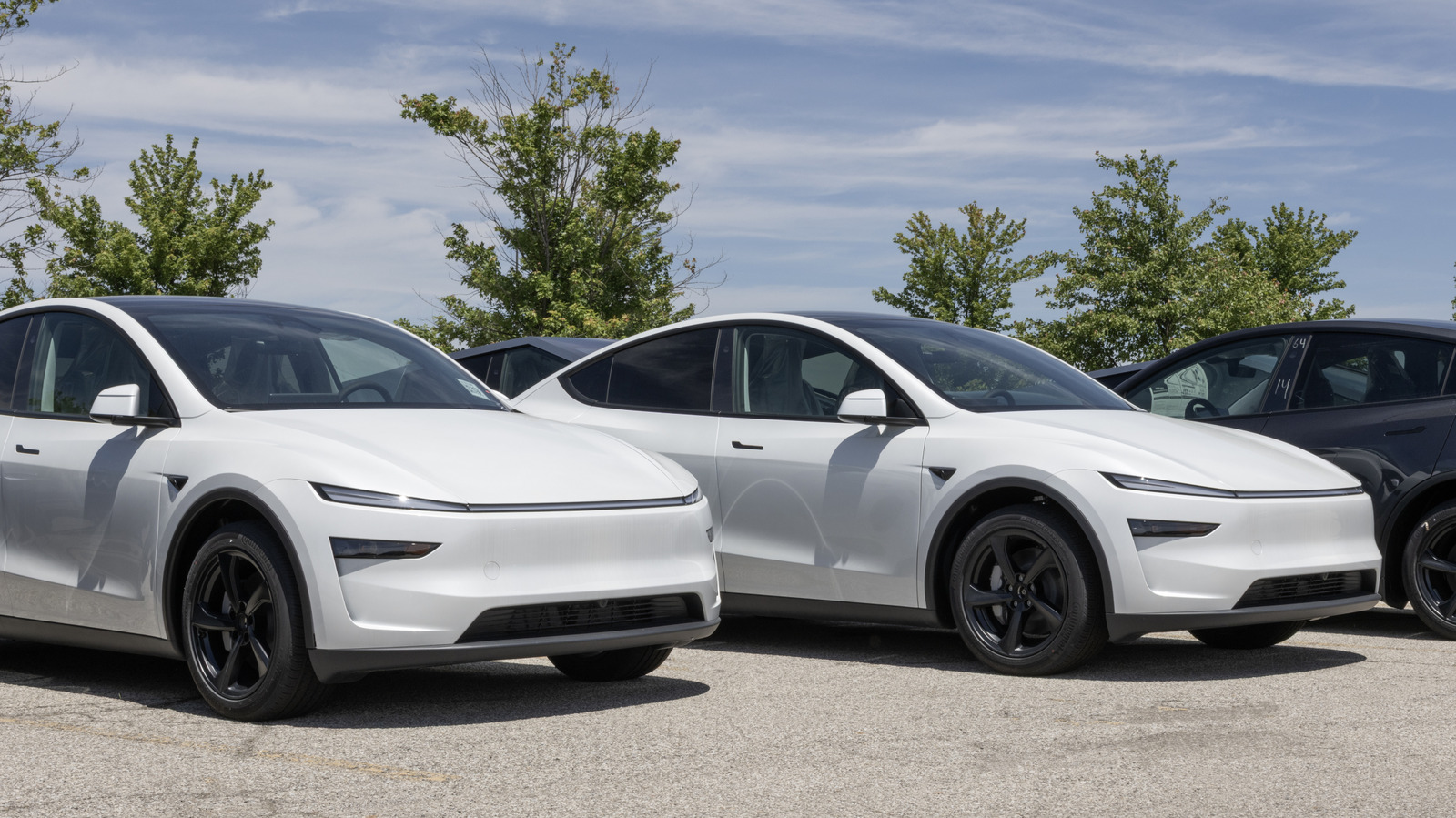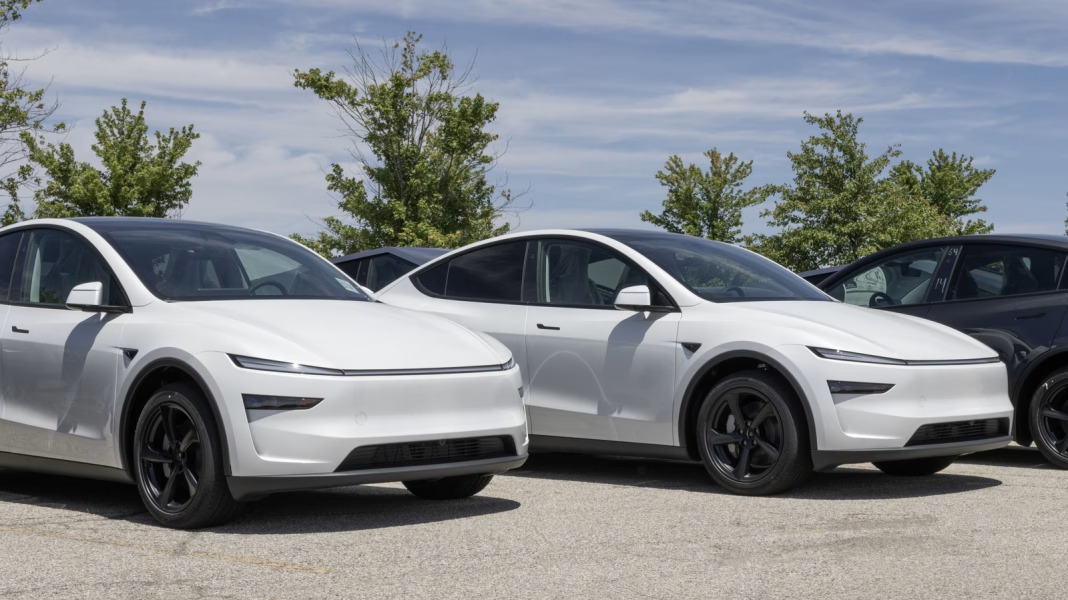What’s Happening with Tesla’s Robotaxi Plans in Austin?
Tesla has been making waves in the automotive world for years, but its ambitious plans for a robotaxi service in Austin have left many scratching their heads. What’s the deal? Why the secrecy? Let’s dive into the current state of affairs surrounding this intriguing venture.
The Mystery of the Robotaxi Service
First off, it’s important to acknowledge that Tesla’s plans for a robotaxi service are shrouded in uncertainty. While the company has teased the idea for some time, details remain scarce. Austin officials have been left in the dark about what Tesla has shared regarding the service, leading to speculation and a fair bit of confusion.
So, what exactly is a robotaxi? In simple terms, it’s a self-driving vehicle that picks up passengers without the need for a human driver. Tesla has been at the forefront of autonomous driving technology, but the rollout of a fully operational robotaxi service poses significant challenges. Regulatory hurdles, safety concerns, and technological limitations all play a role in the timeline and feasibility of such a service.
Why the Secrecy?
One might wonder why Tesla is keeping its cards so close to its chest. The company has a history of bold claims and ambitious timelines, often leading to skepticism when those timelines aren’t met. For instance, Elon Musk has previously projected that Tesla would have a fleet of robotaxis on the road by 2020. As we know, that hasn’t happened yet.
The lack of transparency could be a strategic move. By not disclosing too much information, Tesla might be trying to avoid setting unrealistic expectations. It’s also possible that they’re still fine-tuning their technology and business model before making any public announcements. After all, the last thing they want is to launch a service that doesn’t meet their high standards—or worse, faces backlash from regulators or the public.
What Are the Challenges?
Launching a robotaxi service isn’t just about having the right technology. There are several hurdles to overcome:
1. **Regulatory Approval**: Each city and state has its own regulations regarding autonomous vehicles. Navigating this landscape can be complex and time-consuming. Austin, being a tech hub, may have a more favorable environment, but that doesn’t mean it’s a walk in the park.
2. **Safety Concerns**: Public safety is paramount. Any incident involving a self-driving car can lead to significant scrutiny. Tesla needs to ensure that its vehicles are not only safe but also perceived as safe by the public.
3. **Public Perception**: Even if the technology is sound, public acceptance is crucial. People need to feel comfortable with the idea of hopping into a car that drives itself. Building that trust takes time and effective communication.
4. **Competition**: Tesla isn’t the only player in the autonomous vehicle game. Companies like Waymo and Cruise are also vying for a piece of the robotaxi market. Tesla needs to stay ahead of the curve, which means constant innovation and improvement.
What’s Next for Tesla?
While the future remains uncertain, there are a few indicators that could hint at what’s to come. Tesla has been ramping up its testing of Full Self-Driving (FSD) capabilities, and recent updates have shown promising advancements. If they can demonstrate that their technology is reliable and safe, it could pave the way for a successful robotaxi launch.
Moreover, as cities become more open to autonomous vehicles, Tesla might find more opportunities to pilot its robotaxi service in various locations. Austin could very well be the starting point, but it’s likely that they’ll want to expand quickly if the initial rollout proves successful.
The big takeaway? Tesla’s robotaxi service isn’t just about launching a fleet of self-driving cars; it’s about navigating a complex web of technology, regulation, and public perception. While we wait for more concrete information, it’s clear that Tesla is in the midst of a fascinating journey. Keep an eye on this space—one small update could change everything.


